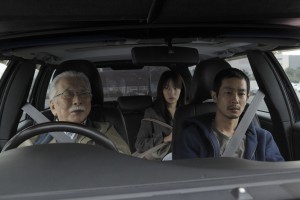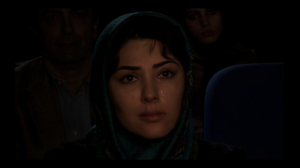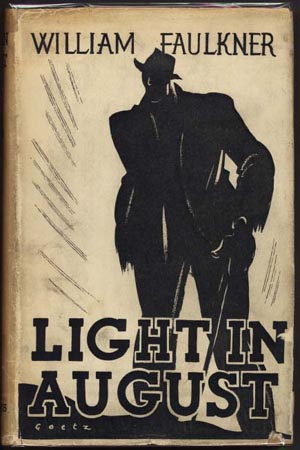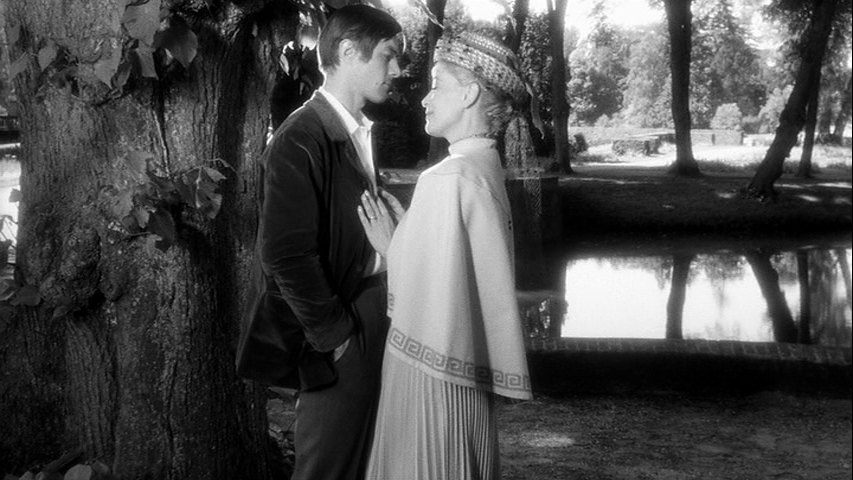An expanded edition of my book with Mehrnaz Saeed-Vafa, Abbas Kiarostami (University of Illinois Press, 2004), was published in Argentina by Los Rios, translated into Spanish by Luciana Borrini and Julián Aubrit. (A stil more expanded edition appeared in English much later, in 2018.) One of the two texts added to the Argentinian edition, my essay “Watching Kiarostami Films at Home,” is already available on this site, as are an essay about Shirin I wrote for the Cinema Guild DVD and an earlier dialogue I had with Mehrnaz about the film. Here is the other addition, written by Mehrnaz expressly for the expanded edition. — J.R.

Reflections on Like Someone in Love (2012)
By Mehrnaz Saeed-Vafa

I
A phone conversation between Chicago (Saeed-Vafa) and Rome (Kiarostami), March 17, 2013:

MS: When you talked about Shirin in one of your interviews, you said that it was a unique film that could have changed your career, if you had made it earlier. What did you mean by that?
AK: I wished I had made Shirin earlier to get a better emotional understanding of women. Shirin was like a silent, wordless interview with 117 women. You could tell that they were all thinking silently about their private relationships, and we could see their emotions in their faces. Read more
From the March 1986 Video Times. — J.R.

(1984), C, Director: Volker Schlöndorff. With Jeremy Irons, Ornella Muti, Alain Delon, Fanny Ardant, and Marie-Christine Barrault. 110 min. Subtitled. Cinematheque (Media). $59.95.
They said it couldn’t be done, and strictly speaking, it hasn’t been. Proust is ultimately as unfilmable a writer as they come, and any attempt to translate his work to the screen has to be a chancy undertaking. But if we approach Swann in Love as variations on a theme by Proust — a work in its own right, and not an effort to translate the untranslatable — then director Volker Schlöndorff’s elegant film emerges as much finer than critics have admitted.
Clearly, any work as labyrinthine as Remembrance of Things Past — or even Swann in Love, the lengthy, self-contained section of the first volume on which this film concentrates — has to be drastically simplified and formally revamped in order to fit within the borders of a feature film. The solution adopted is to focus almost exclusively on the events of a single pivotal day in the plot. Charles Swann (Jeremy Irons). a wealthy Jewish art critic of 19th-century Paris who moves in aristocratic circles, discovers over this day that his infatuation with the courtesan Odette de Crécy (Ornella Muti) has grown into a jealous obsession. Read more
Commissioned by Criterion’s The Current, and published there on October 26, 2010. — J.R.


For many decades now, William Faulkner’s Light in August (1932) and Carl Dreyer’s Gertrud (1964) have been major touchstones for me—not only separately but also in some mysterious relation to each other. I even managed to find a way of discussing these two works together over the first four paragraphs of my first book, Moving Places: A Life at the Movies (I also published a lengthy essay about Gertrud, in which I make glancing reference to the novel). The fact that Dreyer once expressed some interest in adapting Faulkner’s Light in August — an interest he shared with Luis Buñuel (and with actors Zachary Scott and Ruth Ford, a couple who once actually held the film rights) — was part of the inspiration and pretext for my musings about Dreyer and Faulkner, but for me the affinities run much deeper.
Both are works I take pleasure in revisiting every few years — they seem to grow in density each time — and I had occasion to revisit both of them this fall. I’m presently teaching film at Virginia Commonwealth University in Richmond, and last month, after starting a weekly cine-club there with a colleague, we hit upon the idea of showing Gertrud as our first film after another colleague, filmmaker Rob Tregenza, said he’d always wanted to see it. Read more






